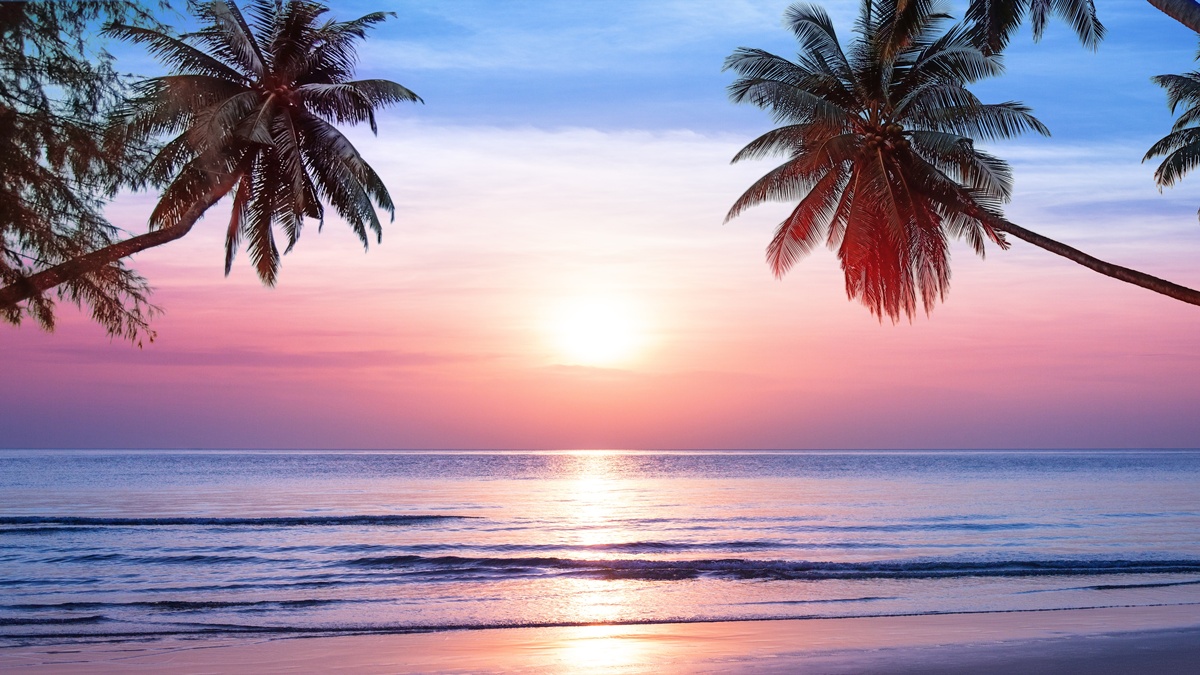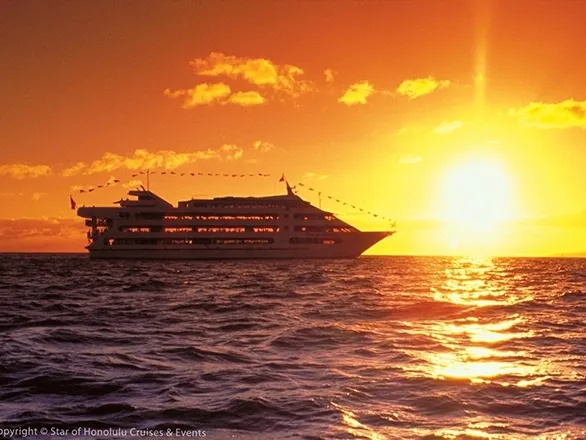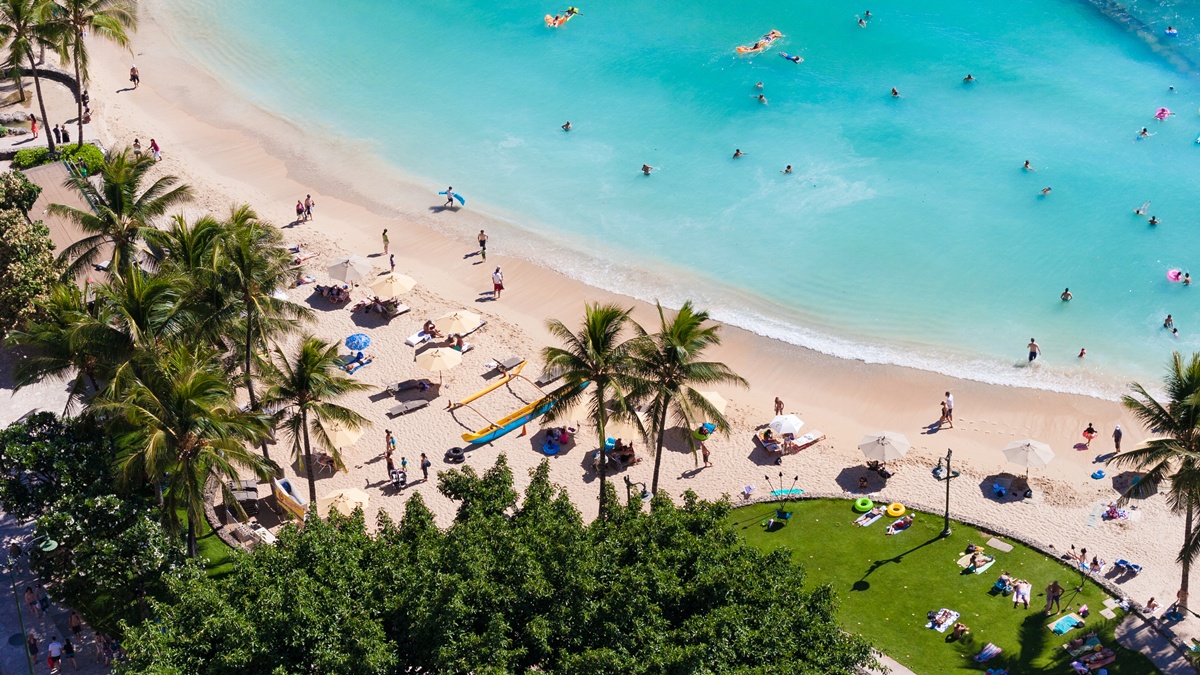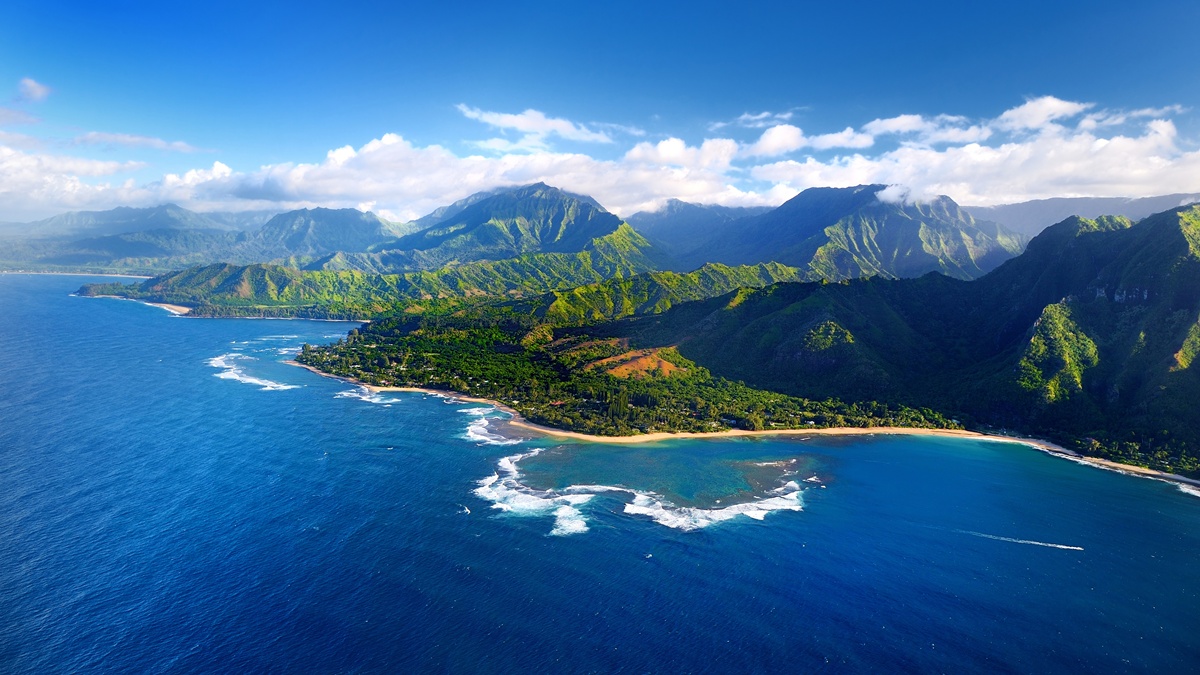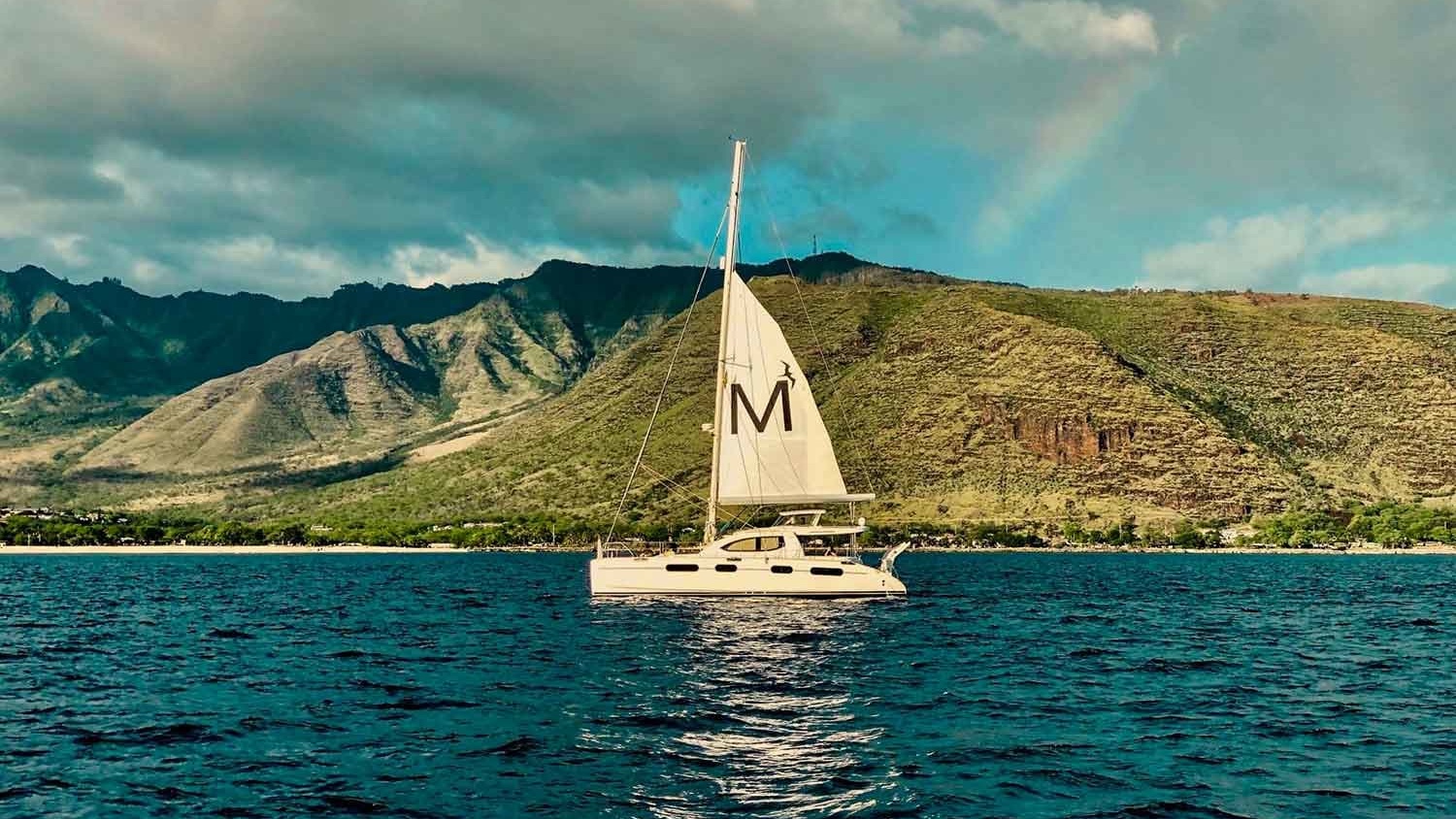Whale watching in Hawaii offers a unique opportunity to witness the majestic humpback whales that migrate annually to the islands’ warm waters. Each year, thousands of these gentle giants travel from Alaska to Hawaii to breed, give birth, and nurse their calves, creating unparalleled viewing experiences for residents and visitors alike.



Understanding Hawaii’s Whale Watching Season
Humpback whales embark on one of the longest migrations in the animal kingdom, traveling approximately 2,500 to 3,000 miles from the cold waters of Alaska to Hawaii’s warmer seas. This journey is primarily for mating and birthing purposes. The whale watching season in Hawaii typically spans from November through May, with peak sightings occurring between January and March. During these months, the whale population around the islands is at its highest, offering frequent and spectacular viewing opportunities.
Top Locations for Whale Watching in Hawaii
Maui
Renowned as the premier destination for whale watching, Maui’s Auau Channel, situated between Maui, Molokai, and Lanai, provides shallow, protected waters ideal for humpback whales. The area between Molokai, Lanai, and Maui consistently records the highest whale densities.
Oahu
On Oahu, prime viewing locations include the Makapu’u Lighthouse Lookout and the Halona Blowhole on the eastern coastline. These spots offer elevated vantage points for spotting whales from shore.
Big Island
The Kohala Coast is a notable area for whale sightings. Puukohola Heiau National Historic Site, translating to “Temple on the Hill of the Whale,” offers both cultural significance and potential whale viewing opportunities.
Kauai
Kilauea Point National Wildlife Refuge is a prime spot on Kauai for whale watching. This refuge provides panoramic ocean views and is a sanctuary for various seabirds, enhancing the overall wildlife viewing experience.
Whale Watching Tours and Excursions
Engaging in a guided tour can enhance the whale-watching experience, offering closer encounters and educational insights. Various options are available:
Boat Tours
These are the most popular, allowing participants to venture into prime whale habitats. Maui, in particular, offers numerous boat tours departing from Lahaina Harbor.
Kayak Tours
For a more intimate experience, kayak tours provide a closer connection to the water and potential whale encounters. It’s essential to choose operators who prioritize safety and respect for marine life.
Land-Based Tours
Some companies offer guided coastal walks to optimal viewing spots, combining the joys of hiking with whale watching.
When selecting a tour operator, consider their commitment to eco-friendly practices, the expertise of their guides, and reviews from previous participants to ensure a responsible and enriching experience.
Best Practices for Whale Watching
- Maintain Distance: Federal regulations require vessels and individuals to keep a minimum distance of 100 yards (91.4 meters) from whales to prevent disturbance.
- Limit Noise and Speed: Boats should minimize noise and maintain slow speeds in whale habitats to reduce stress on the animals.
- Avoid Touching or Feeding: Direct interaction can be harmful to both whales and observers.
Cultural Significance of Whales in Hawaii
In Hawaiian culture, whales, known as “koholā,” hold profound significance. They are often associated with the ocean deity Kanaloa and are considered embodiments of ancestral spirits. The presence of whales in Hawaiian waters is celebrated and revered, reflecting the deep connection between the local community and marine life.

Whale, That Was Epic: Catch You in Hawaii’s Waters!
Hawaii offers unparalleled opportunities for whale watching, combining the awe-inspiring presence of humpback whales with the islands’ natural beauty and rich cultural heritage. By choosing responsible viewing practices and respecting these magnificent creatures, visitors can ensure that whale watching remains a cherished experience for generations to come.

